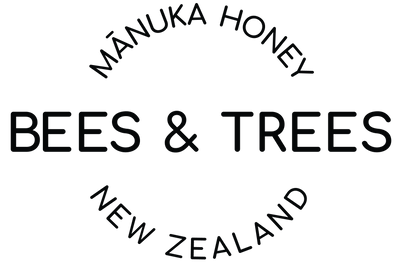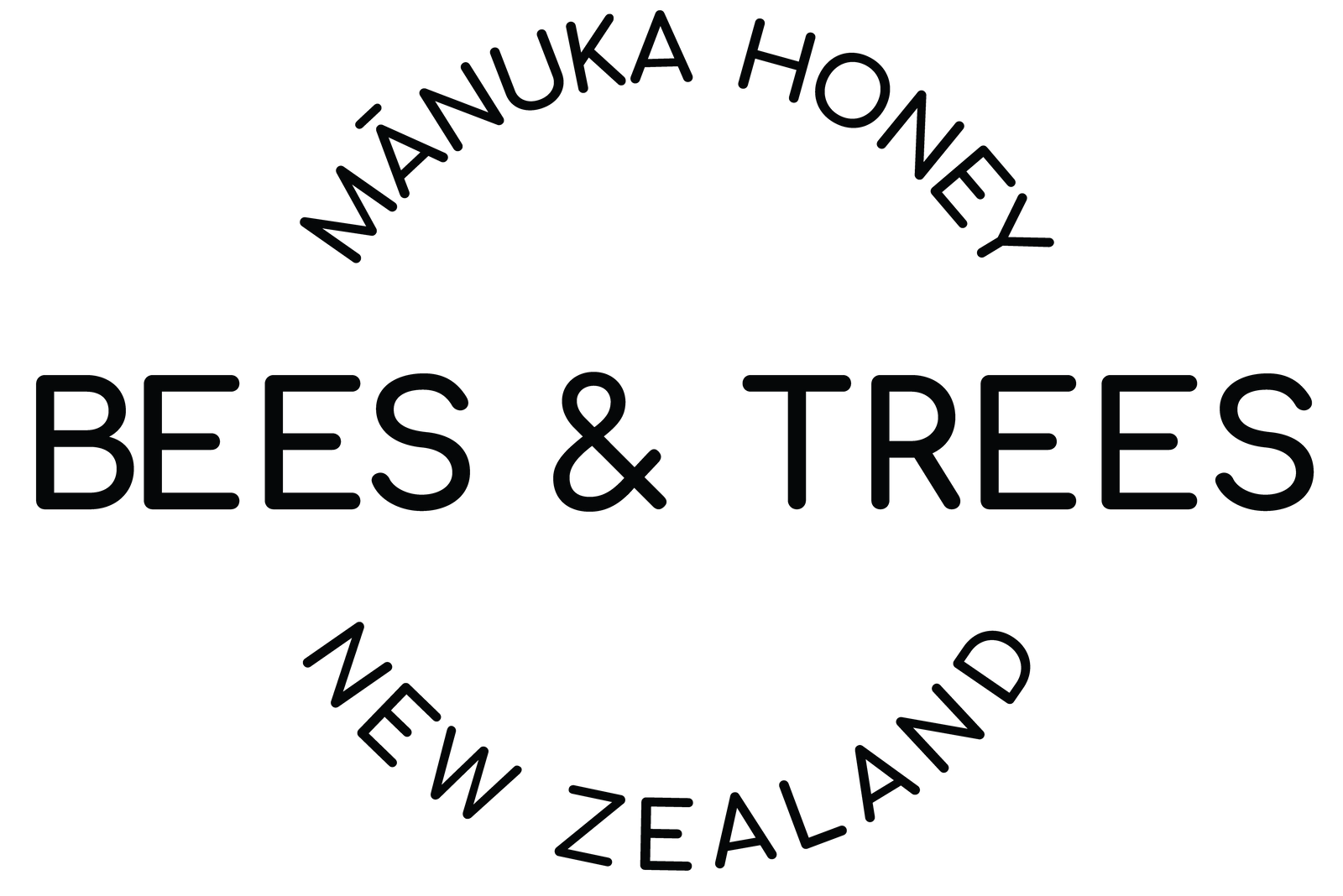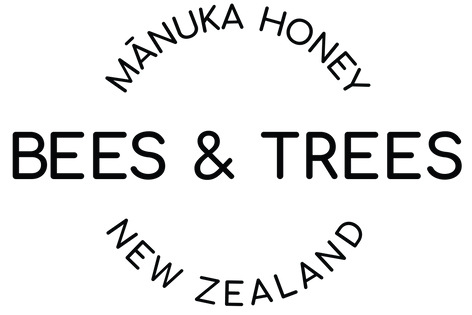Manuka Trees & Native NZ Forests

The manuka tree grows only in New Zealand. Manuka trees typically act as a pioneering species in the regeneration of native New Zealand forests. The history of land use in New Zealand included the clearing of native forests for pastoral farming. In many cases, the steeper hill country that was cleared proved uneconomical to farm. When livestock is excluded from the land, the manuka tree forms the predominant land cover as the initial colonizing species. Seed sources lay inactive in the soil, or are transported by wind to spontaneously begin the first phase of a successive regeneration process.
Early in its lifecycle, manuka resembles a bushy shrub in size and shape. Over time, it will grow to 15-25 feet in height, with a trunk of up to 6 inches in diameter. Manuka trees often form fairly uniform dense stands, and in this configuration they provide ideal cropping sites for producing manuka honey. Over time (50-70 years) the manuka trees will give way to tree ferns, which are the predominant second stage tree type in the native forest regeneration process. Eventually a multi-canopy level, richly diverse native forest will develop.
Currently, about 20% of New Zealand's land area is covered by native forest. The production of manuka honey, along with programs like New Zealand's emissions trading program are providing economic incentives to land owners who let their land revert to native cover. Therefore, in a real and very direct way, purchasing manuka honey is helping to reforest land in New Zealand. Native forests provide superior ecological outcomes in terms of water & air quality, soil conservation, carbon sequestration, and habitat for the unique New Zealand birdlife supporting a number of threatened and endangered species. Good honey, good for you, and good for the planet... a real win-win-win.


